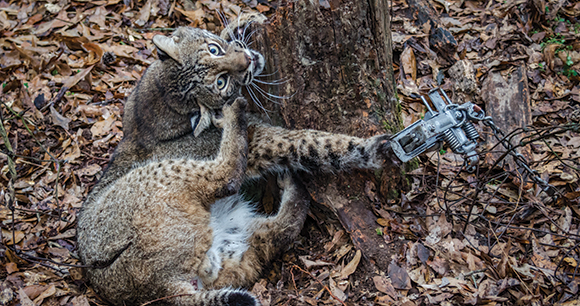On June 24, the Refuge from Cruel Trapping Act (HR 4108), was reintroduced by Rep. Jerrold Nadler (D-NY). This bill would prohibit the possession or use of body-gripping devices, such as steel-jaw leghold traps, Conibears, and snares, within the National Wildlife Refuge System (NWRS) with limited exceptions. The NWRS is home to more than 380 endangered species, yet nearly half of national wildlife refuges currently allow trapping, which endangers wildlife, people, and pets.

On June 26, Reps. Jared Huffman (D-CA) and Steve Cohen (D-TN) and Sen. Jeff Merkley (D-OR), reintroduced Canyon’s Law (HR 4180/S 2179) to ban the use of wildlife-killing M-44 devices, commonly known as “cyanide bombs,” on federal public lands. These cruel and indiscriminate devices injure people and kill thousands of animals each year. The bill was first introduced in 2017—the year that an M-44 device exploded near the home of 14-year-old Canyon Mansfield in Pocatello, Idaho, killing his dog and injuring the teen. Between 2018 and 2023, the federal Wildlife Services program authorized the use of M-44s to poison more than 42,000 animals, including about 1,200 nontarget animals who were unintentionally killed.
AWI also worked closely with the co-chairs of the Congressional Wild Horse Caucus on the reintroduction of the Wild Horse and Burro Protection Act (HR 4356) on July 10. Led by Reps. Dina Titus (D-NV), Juan Ciscomani (R-AZ), and Steve Cohen (D-TN), the legislation would phase out over two years the use of helicopters to remove wild horses from the range. In the interim, helicopters would be required to install cameras to film roundup operations, promoting increased transparency and accountability. In fiscal year 2024 alone, the Bureau of Land Management removed over 16,000 wild equines from the range. These federally protected animals often die during chaotic and brutal roundups, during which panicked horses are driven across vast distances and into lifelong captivity.